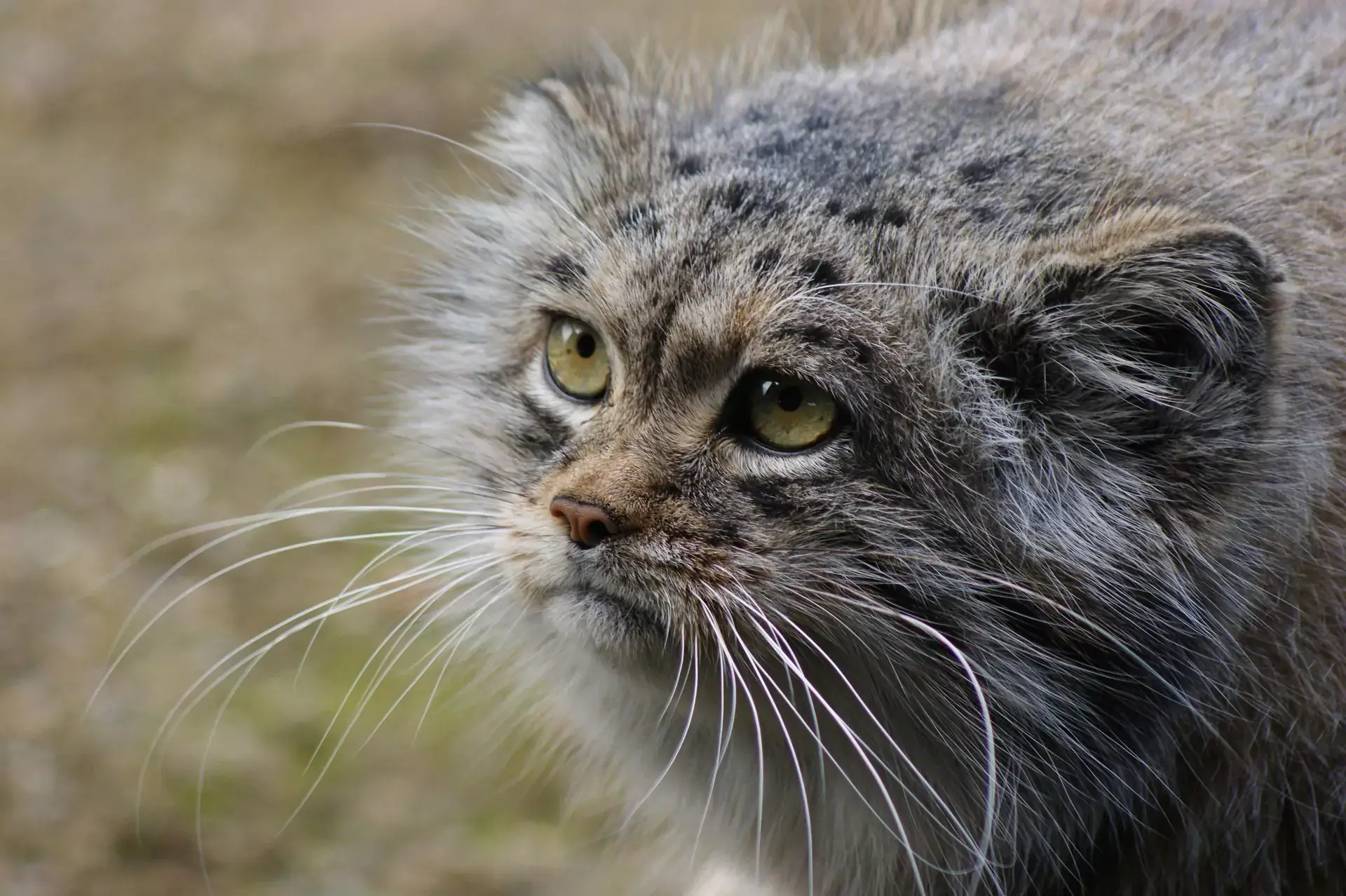Resolutions For Reptile Owners
Happy New Year to everyone! Tradition says this day is for people to set goals for themselves for the upcoming year. Growth and change are always important, no matter where you are in life or how old you are. This is something that is also very relevant to pet owners. To keep your animal companion healthy and happy, it’s important for you to understand what they need. Out of all of our patients, reptiles are likely the most often misunderstood. A vet lists some resolutions for people with turtles, snakes, and lizards below.
Do More Research
Reptiles are genuinely fascinating. In fact, they keep getting more interesting the more you learn about them! Even if you’ve had pet reptiles all your life, there will always be more to learn. Consider picking up a few good magazine or source books, or just go on an online reading binge. And even if you only end up learning just a couple new things, it will still be time well spent!
Check Your Equipment
Many of our reptilian buddies need specific environmental conditions involving lighting, temperature, and/or humidity. This requires special equipment for both managing and creating said conditions. If your pet’s gear is old or sub-par, it may be displaying inaccurate readings. This year, if it’s time for an upgrade, be sure to put that on your to-do list.
Replace Bulbs
It’s not uncommon specialized light bulbs to get weaker long before they burn out. This can be hard to notice, as the bulbs may look fine to the naked eye. Be sure to replace these regularly!
Watch For Warning Signs
Reptiles can be both charming and personable, but they generally aren’t as charismatic as cats, dogs, and other animals. That makes it harder to see behavioral changes that may be indicative of illness or stress. Research is helpful here, but it’s also important to simply observe your pet. This should actually be something you enjoy. Reptiles are truly captivating and beautiful to watch!
Share The Love
Reptiles have taken on some pretty bad PR, which really is unfortunate. They play crucial roles in maintaining our natural environment, and they are also pretty doggone cute. Snap some photos of your reptilian pet. Use them to spread the word about reptiles and why it’s important to protect their welfare. Who knows? You might just change a few peoples’ minds about these fascinating creatures!
Our Advice on Resolutions For Reptile Owners in 2024
What should reptile owners consider when it comes to their pets’ equipment?
Reptile owners should ensure their pets’ equipment, crucial for maintaining appropriate environmental conditions such as lighting, temperature, and humidity, is in optimal working condition. This involves regularly checking and replacing old or malfunctioning gear, including specialized light bulbs, which may lose effectiveness over time without showing visible signs of wear. Upgrading sub-par equipment is essential for accurately creating the specific habitats reptiles need to thrive. Accurate and high-quality equipment is vital for monitoring and adjusting the environment to meet the precise requirements of your reptilian pet.
How often should reptile owners take their pets to the veterinarian for check-ups?
Reptile owners should schedule annual check-ups for their pets with a veterinarian experienced in reptile care. These regular visits are crucial for early detection and prevention of health issues, as reptiles often hide signs of illness until it’s advanced. Depending on the species, health status, and age of the reptile, more frequent visits may be recommended. For specific concerns or sudden changes in behavior or health, immediate veterinary consultation is advised. If you’re in Fort Myers, FL, our clinic specializes in reptile care and is here to assist with your pet’s health needs.
How can reptile owners ensure their pets are receiving enough exercise and mental stimulation?
Reptile owners can ensure their pets receive enough exercise and mental stimulation by providing a habitat that closely mimics their natural environment. This includes adding branches, rocks, and hiding spots for climbing and exploring. Regularly changing the layout of their enclosure can also offer new challenges. For interactive stimulation, engage in supervised handling sessions, if appropriate for the species. Offering live or mimic prey for hunting can satisfy natural predatory instincts. These activities promote physical health and mental well-being, reducing stress and encouraging natural behaviors in reptiles.
What should reptile owners do if they suspect their pet is sick or injured?
If reptile owners suspect their pet is sick or injured, they should immediately consult a veterinarian experienced in reptile care. Due to reptiles’ tendency to hide signs of illness, any noticeable changes in behavior, appetite, or physical appearance could indicate a serious condition. Documenting symptoms and any recent changes in the pet’s environment or diet can provide valuable information for the vet. Prompt veterinary attention is crucial, as early diagnosis and treatment significantly improve the chances of recovery for reptiles.
What are the most common misconceptions about pet reptiles that owners should be aware of?
Common misconceptions about pet reptiles include the belief that they are low maintenance and do not require much space. In reality, many reptiles have specific and complex care requirements, including precise temperature, humidity, and lighting needs. Another myth is that reptiles do not form attachments or recognize their owners, whereas many can and do become accustomed to their handlers. Additionally, the idea that reptiles are silent pets is misleading; some species are quite active and can produce noticeable sounds. Understanding these misconceptions is crucial for providing proper care and ensuring the well-being of pet reptiles.
Do you have questions about reptile care? Contact us, your animal clinic in Edison Park, FL, today!





